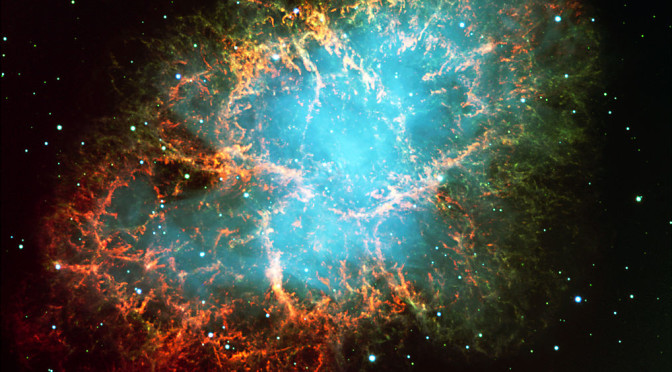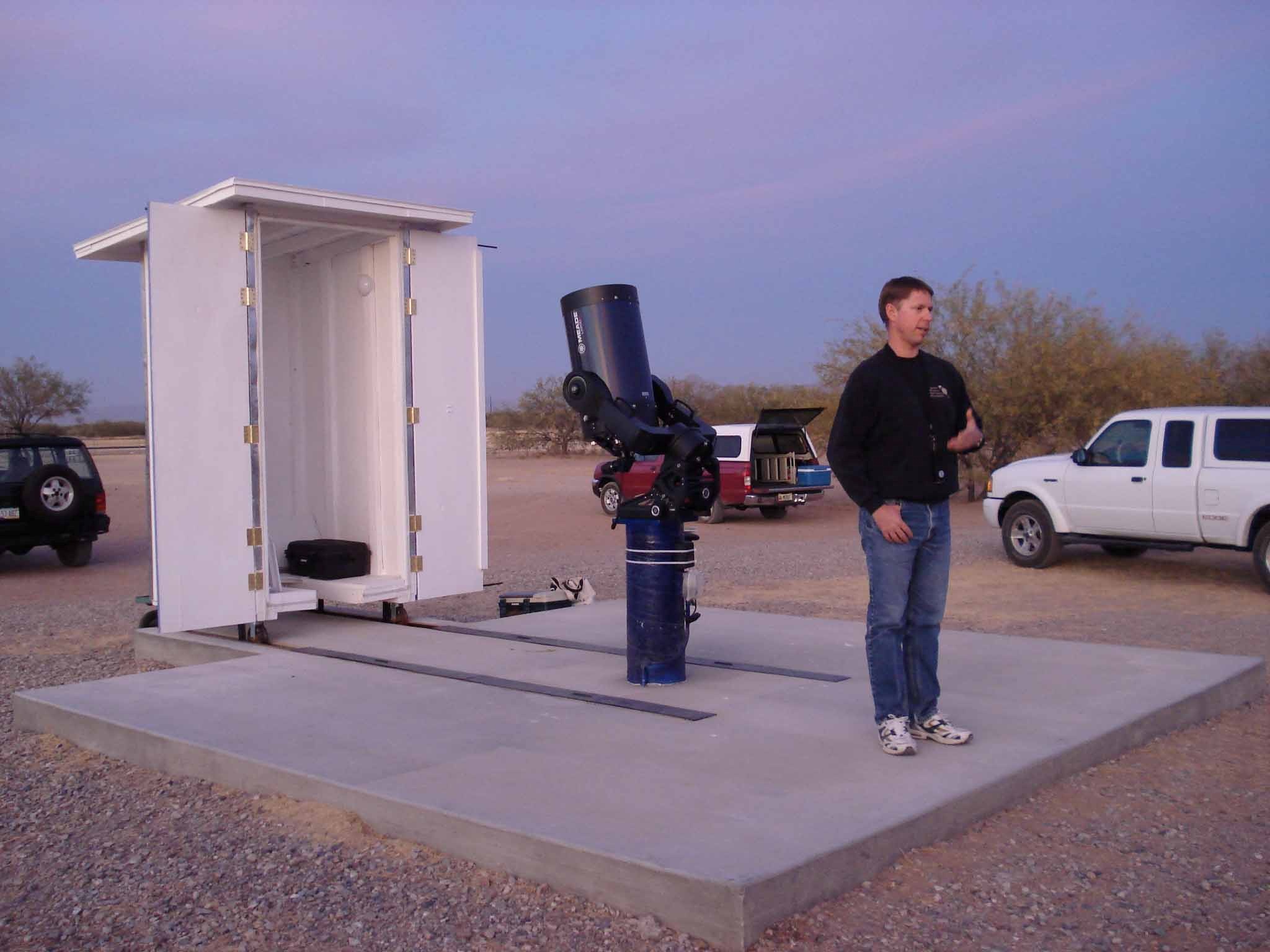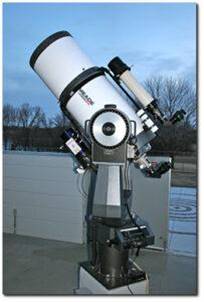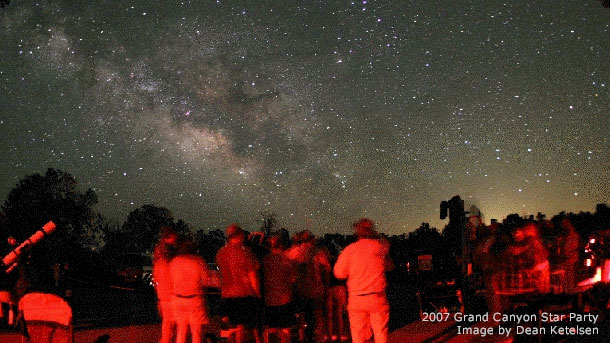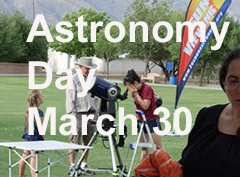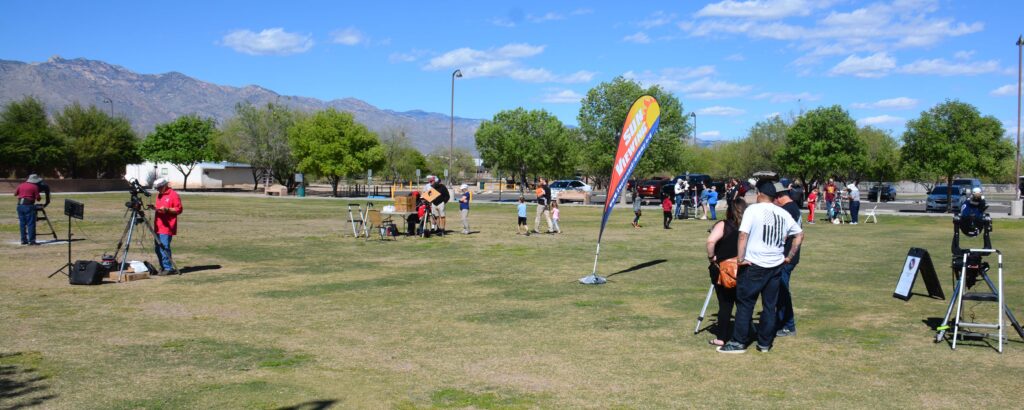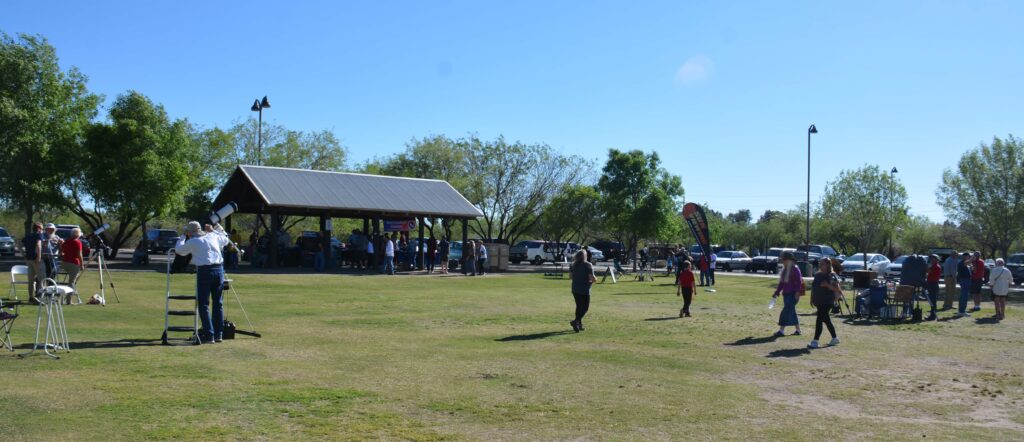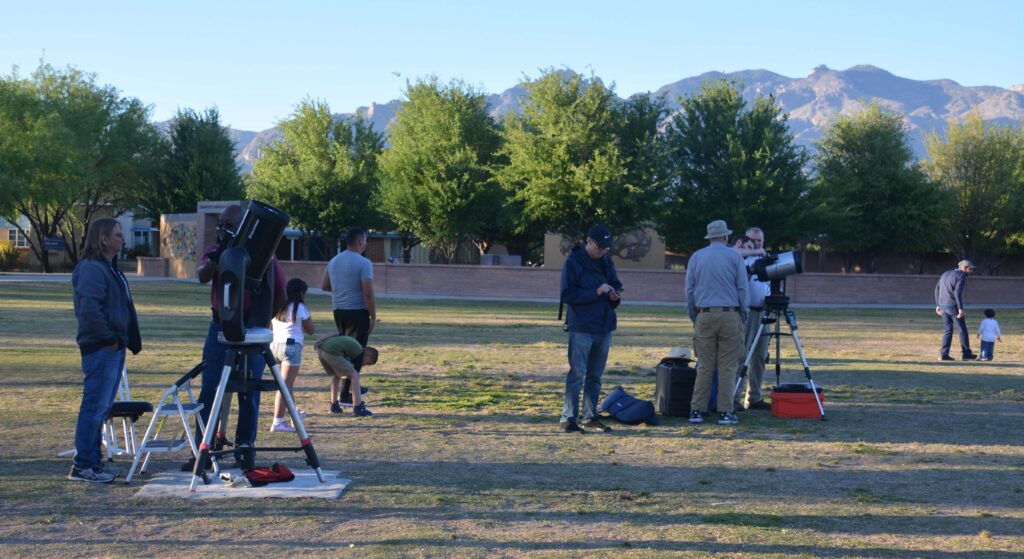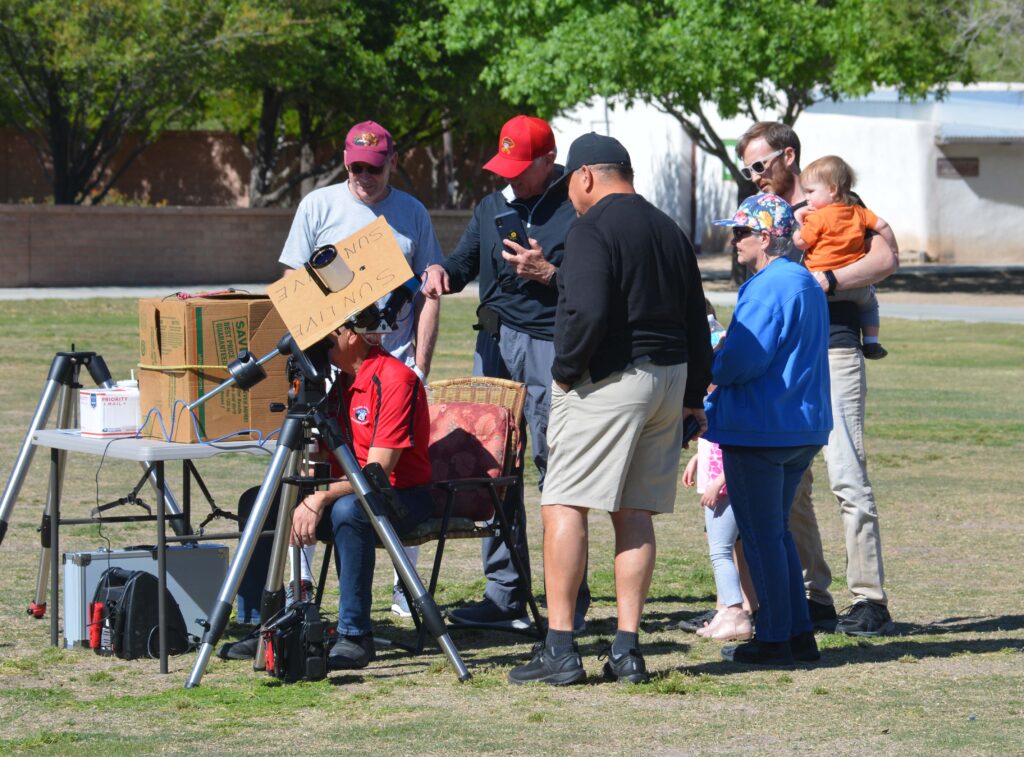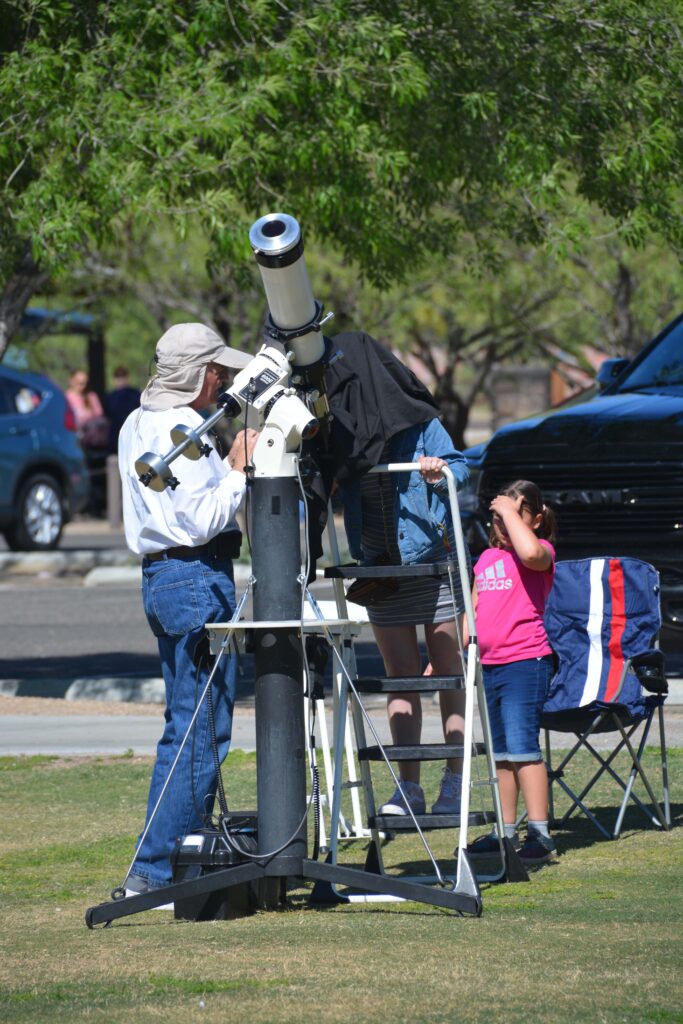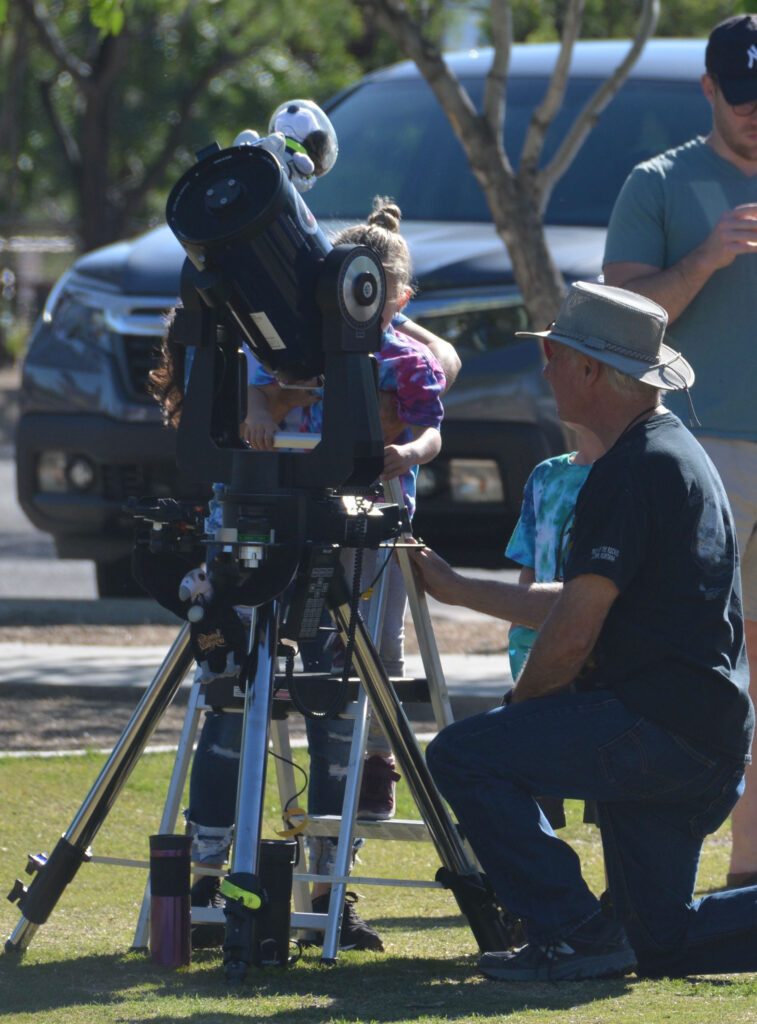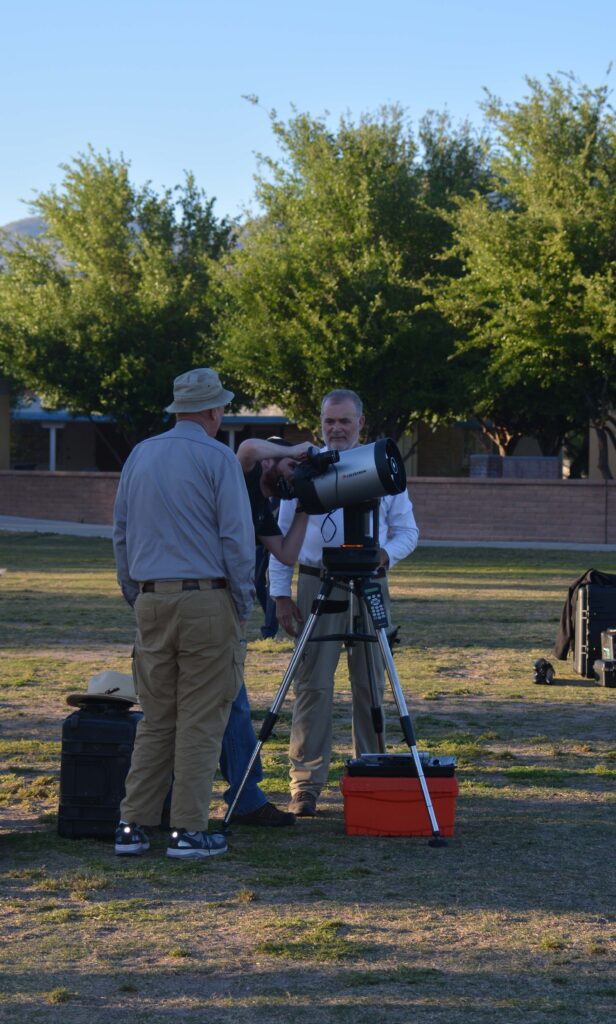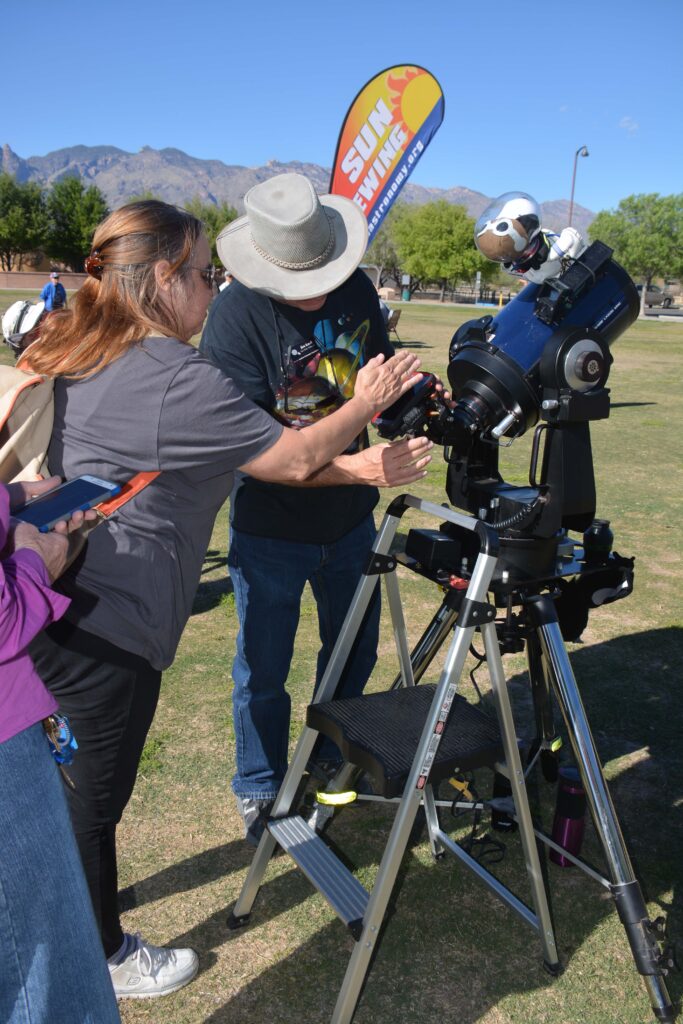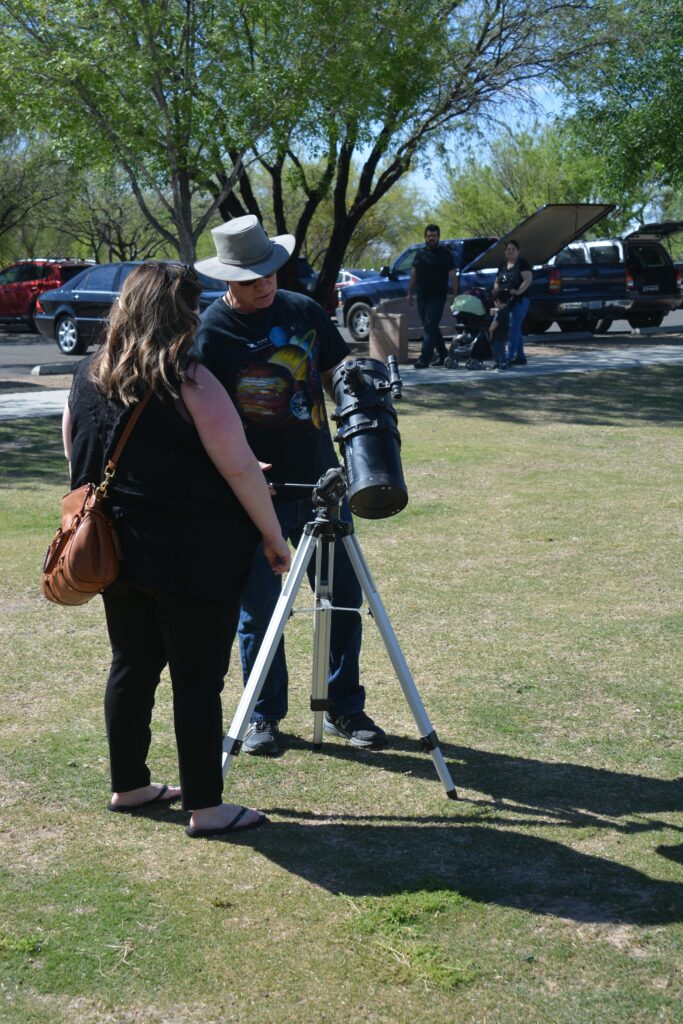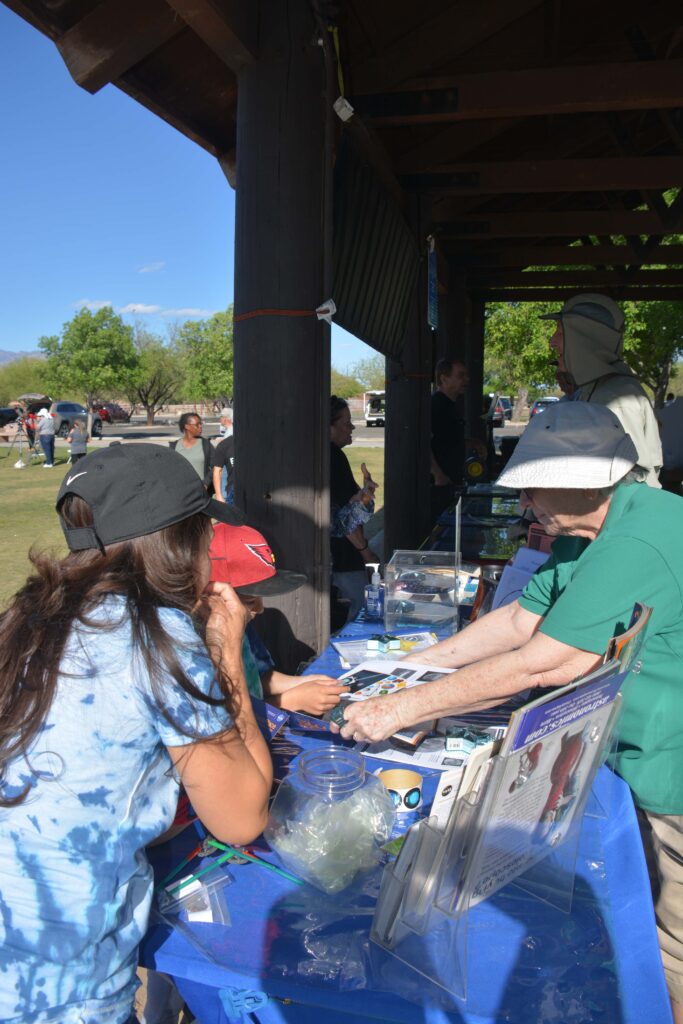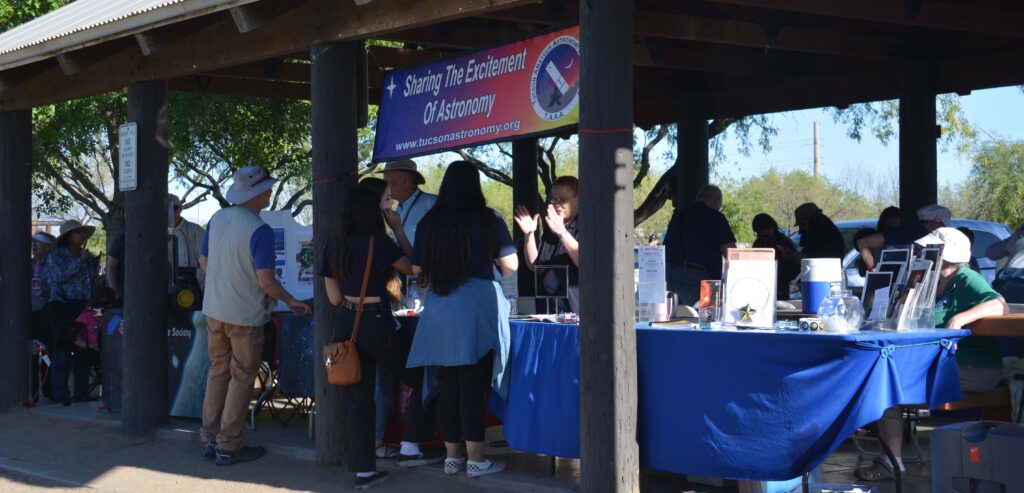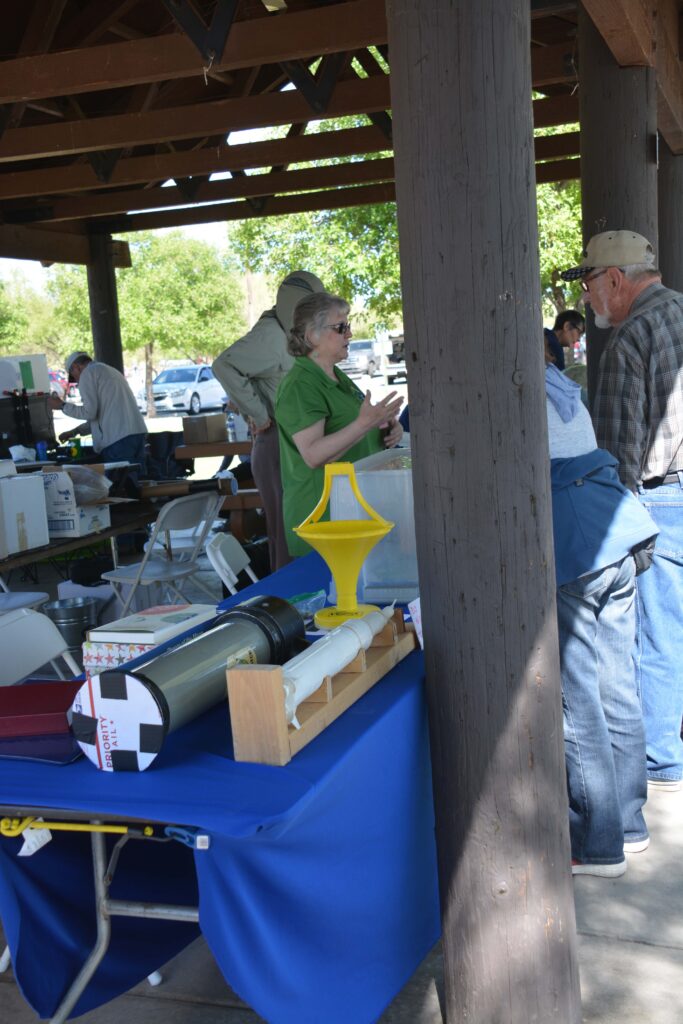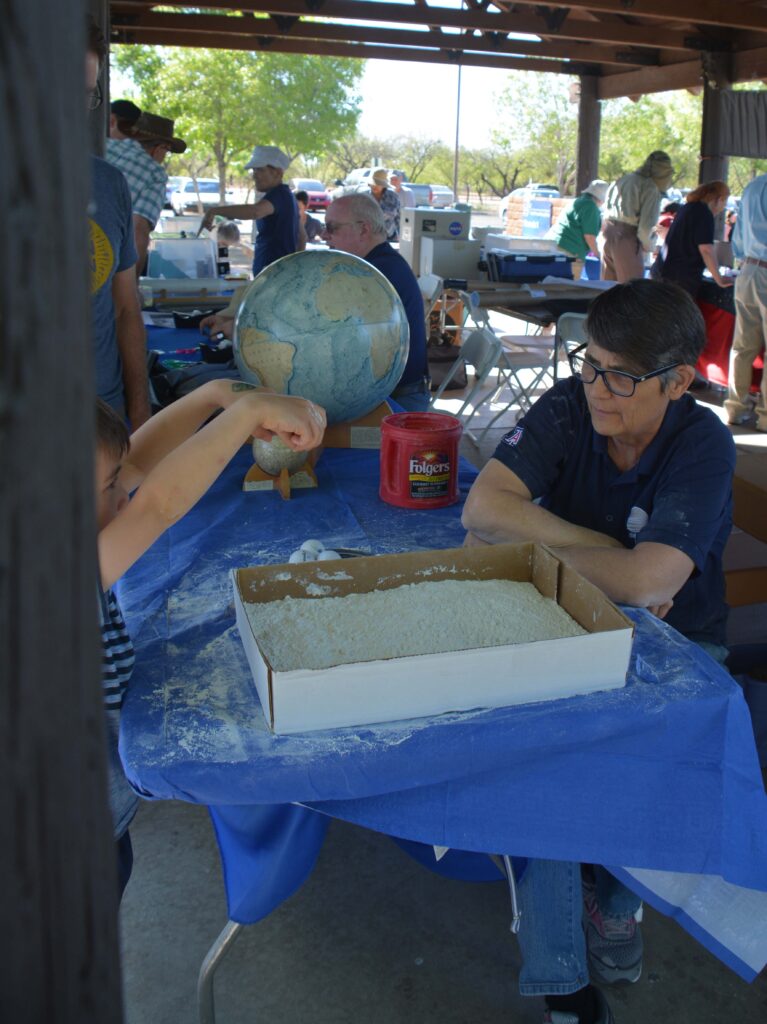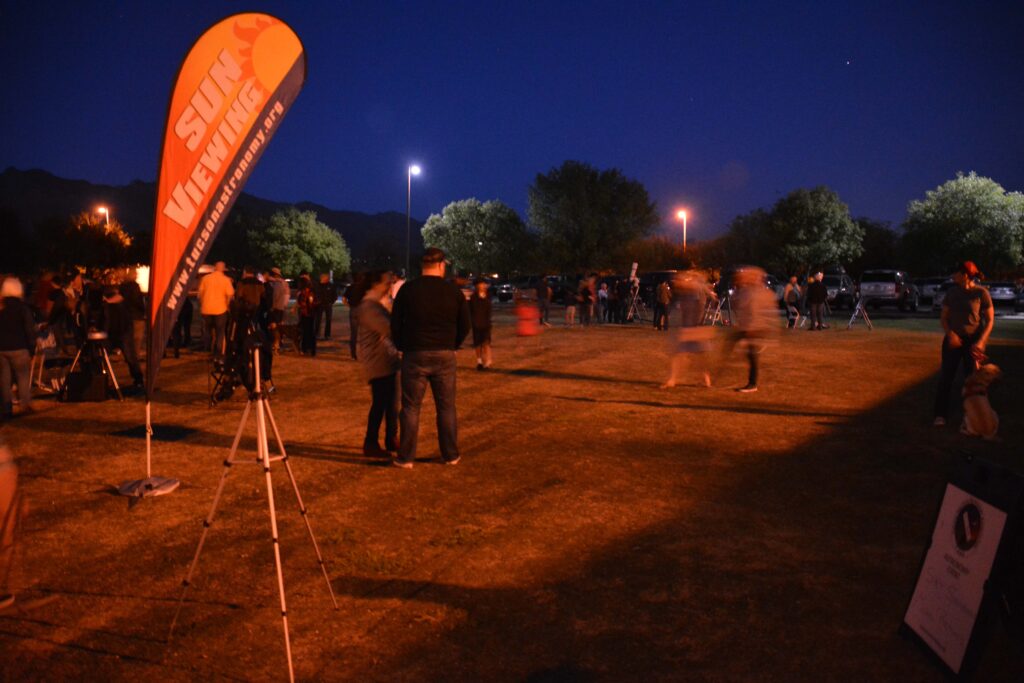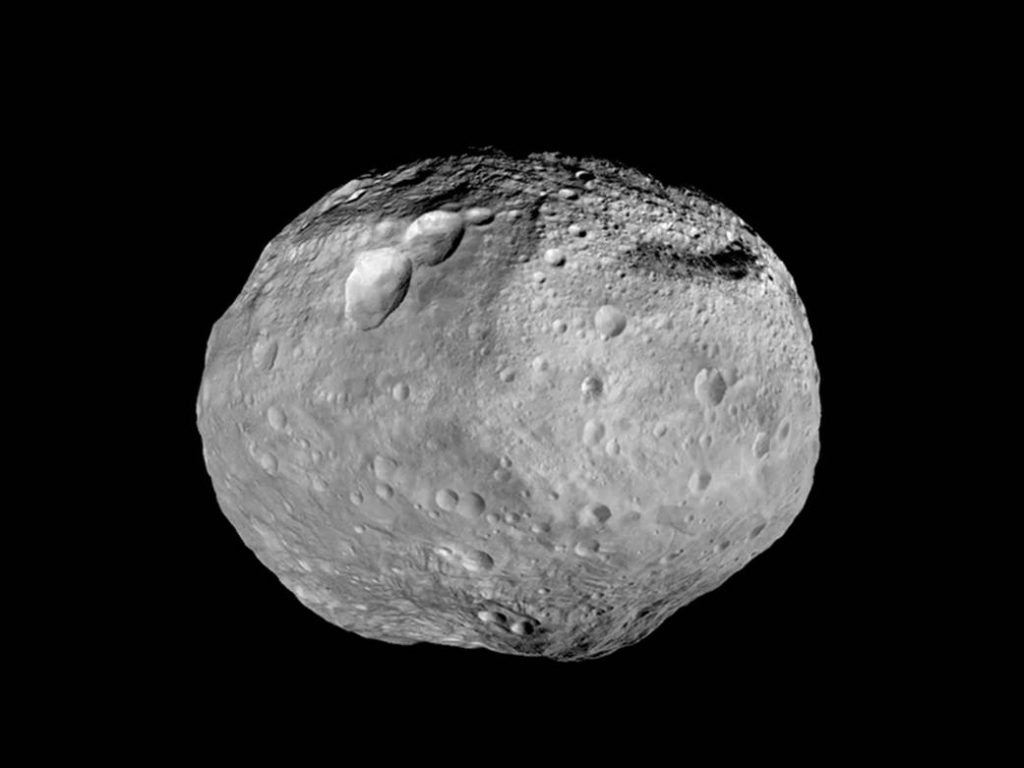The Grand Canyon Star Party (GCSP) is held on the South Rim in northern Arizona’s Grand Canyon National Park in June every year around the time of the new moon. All amateur astronomers (must register using below information to attend) and the interested public of all ages are invited (no registration required)! Bring your telescope and enjoy the camaraderie. But you don’t have to have a telescope to come and enjoy the beautiful Arizona night skies. You DO need to reserve a room or campsite and make your travel arrangements early. See Accommodation Information for details. A visit to the breathtaking Grand Canyon is an unforgettable and fabulous vacation for families, singles, and seniors. Add a week of dark Arizona skies, lots of friends, fun, and astronomy education, and you have a recipe for perfection!
GCSP 2024
Stay tuned here for updates and information on the 2023 Grand Canyon Star Party, scheduled for June 1 – 8, 2024. PLEASE CHECK HERE as we get closer for any GCSP planning updates. The dates for each phase will be updated as we get closer. Registration will be open 3-4 months prior to the event.
Volunteer Registration form and the Campground Reservation Application links are accessible below under Volunteer Registration Information. Documents required by the National Park Service (NPS) to be signed and brought to the event are available below and will be emailed to participants approximately 1 month prior.
For any inquires about the status or general information not listed here, please email the team at: gcsp[at]tucsonastronomy.org. The GCSP Registrar Email address will be added under Registration Information below.
If you are an astronomer volunteering to support this event, please follow the registration instructions below. If you are a visitor to the Grand Canyon National Park at the time of the GCSP just come on out and enjoy the wonderful nights with us under the high desert skies. Again, no registration is necessary for visitors, but astronomer participants will need to register in order to receive further instructions and entry information.
Visit our Frequently Asked Questions for more information. Also visit the excellent National Park Services star party site. And here is a time lapse video taken by TAAA member Dean Ketelsen at the 2011 event and a GCSP 2022 Timelapse from Bob Rose.
FOR MORE VOLUNTEER INFORMATION – CLICK HERE








